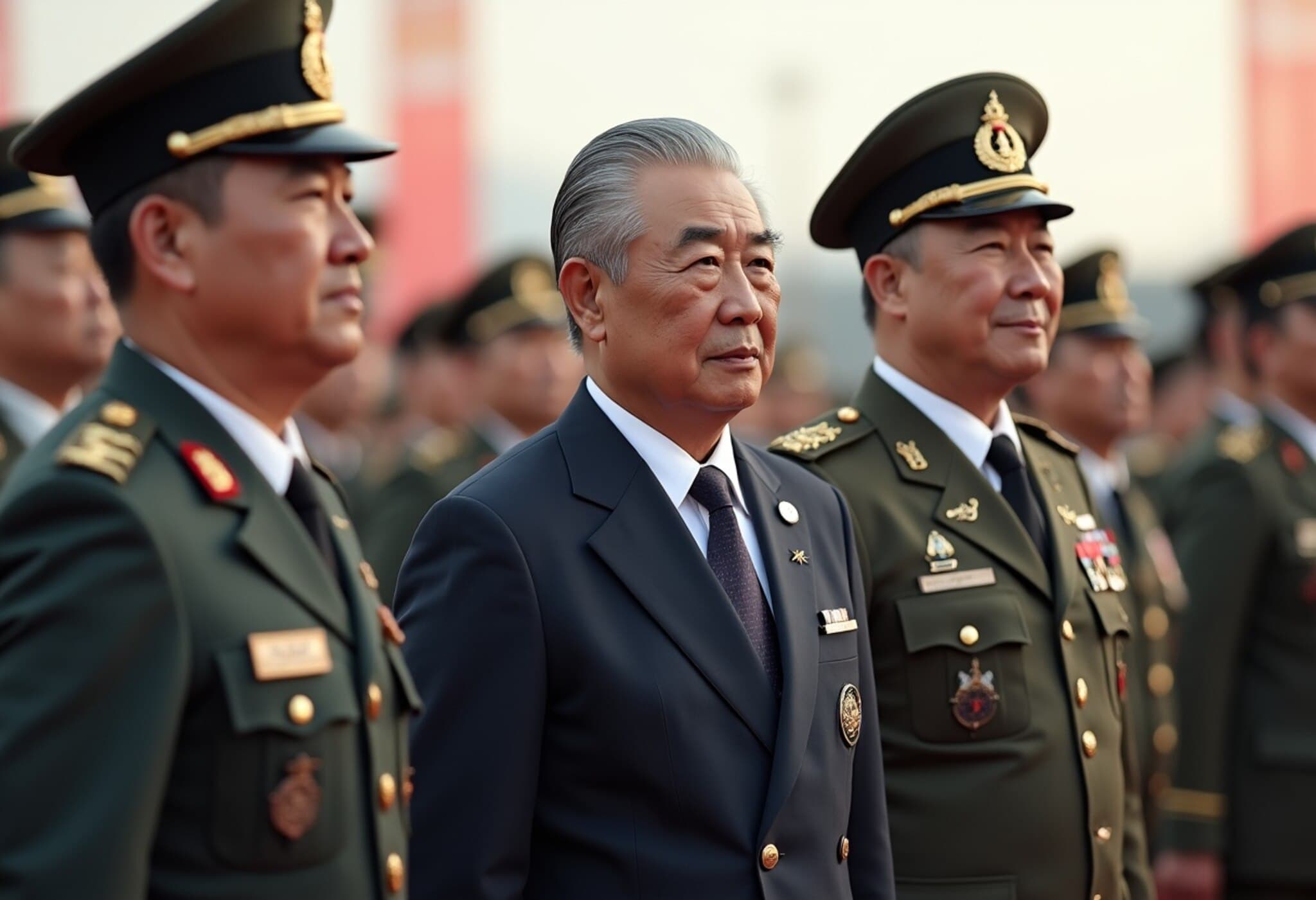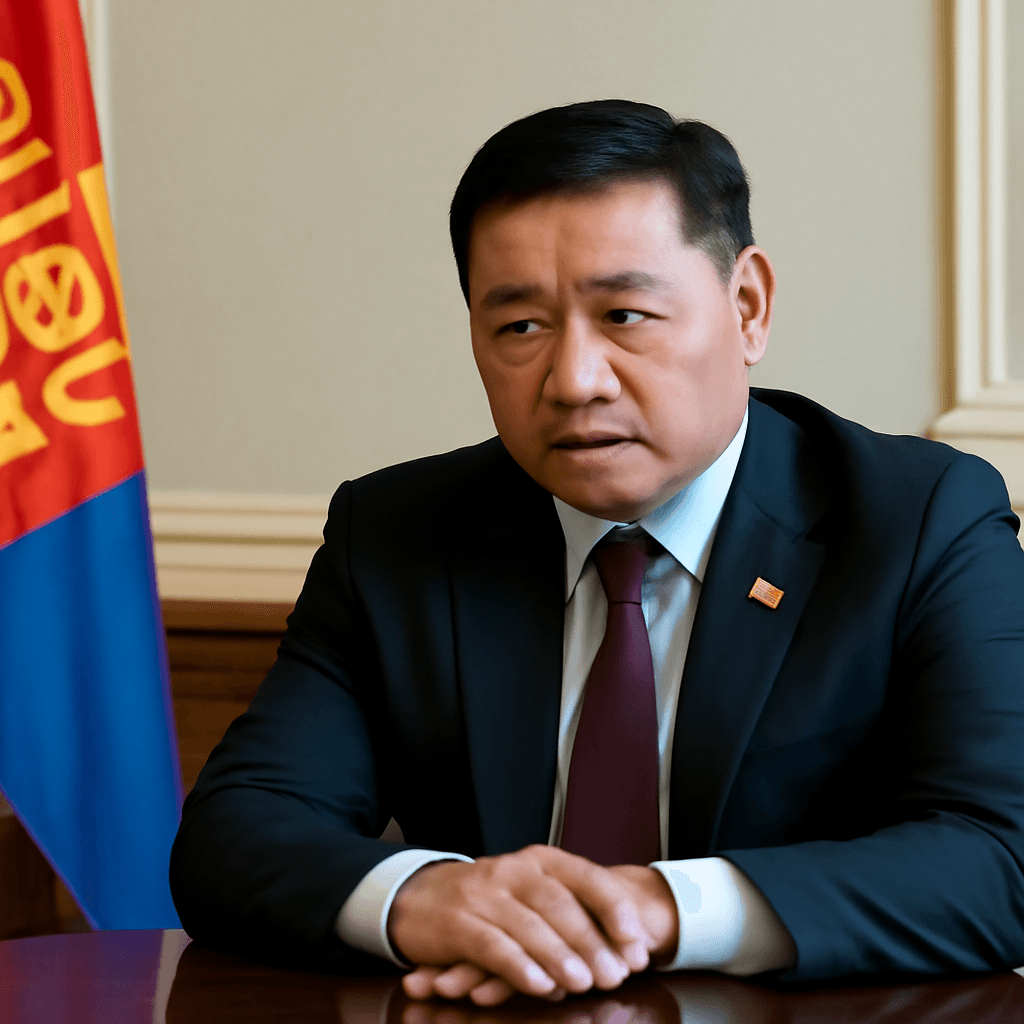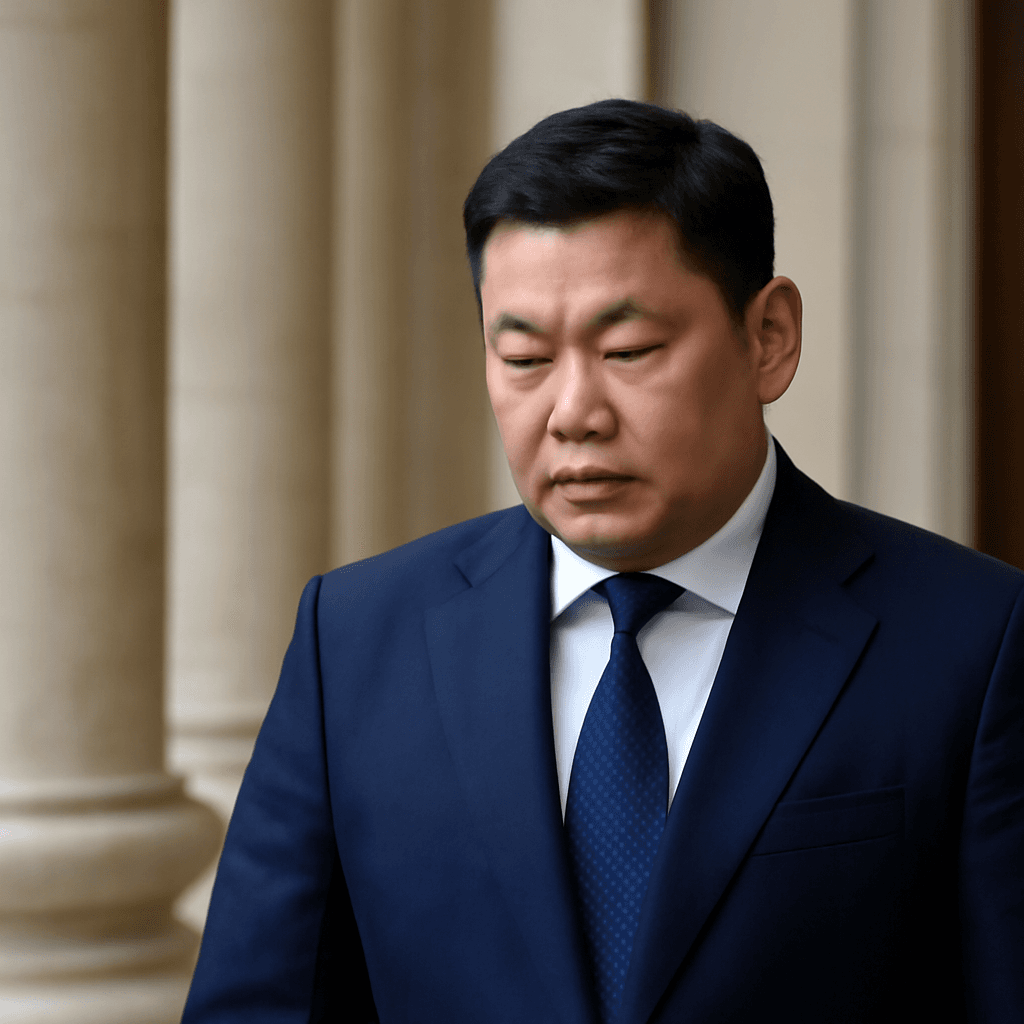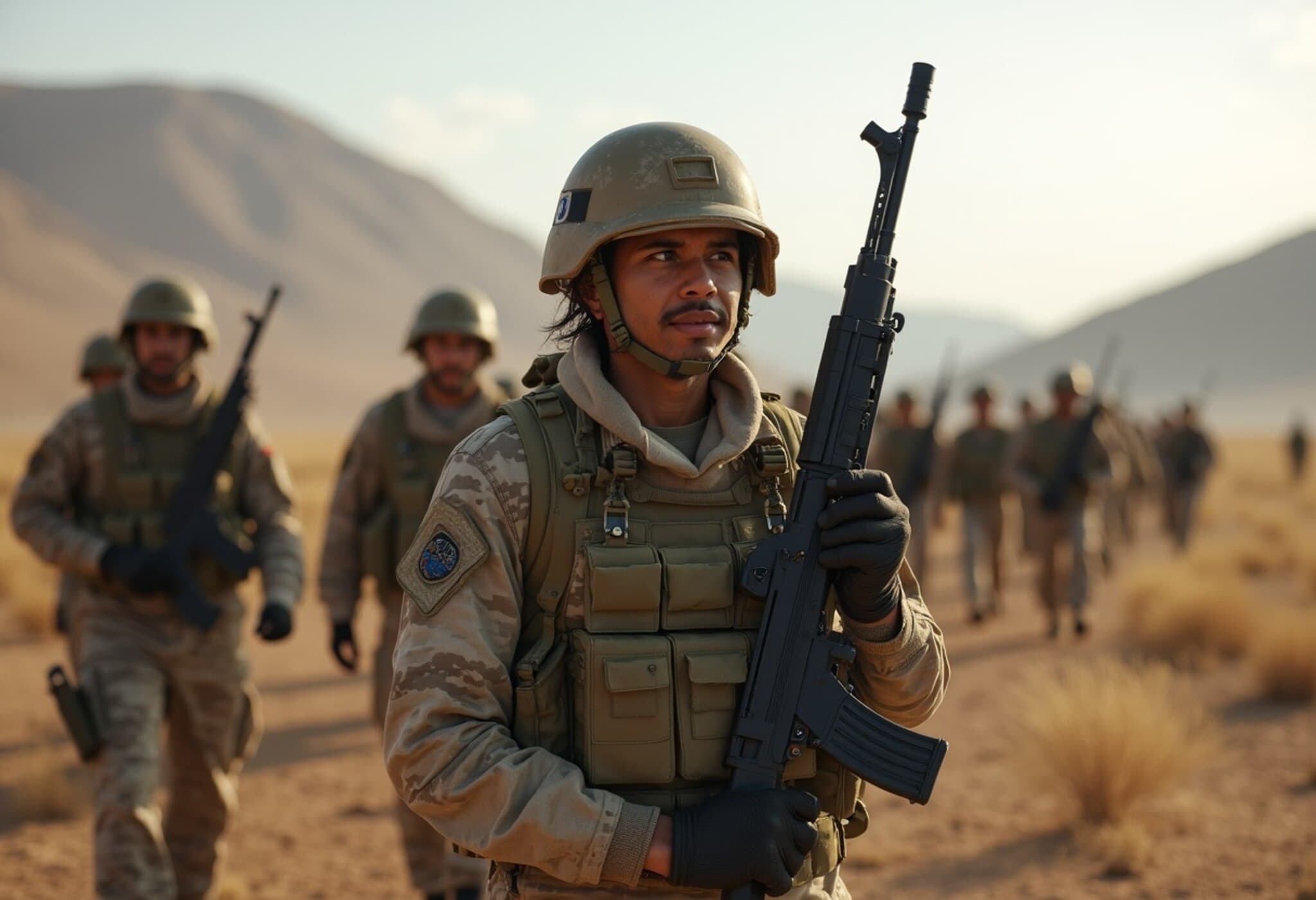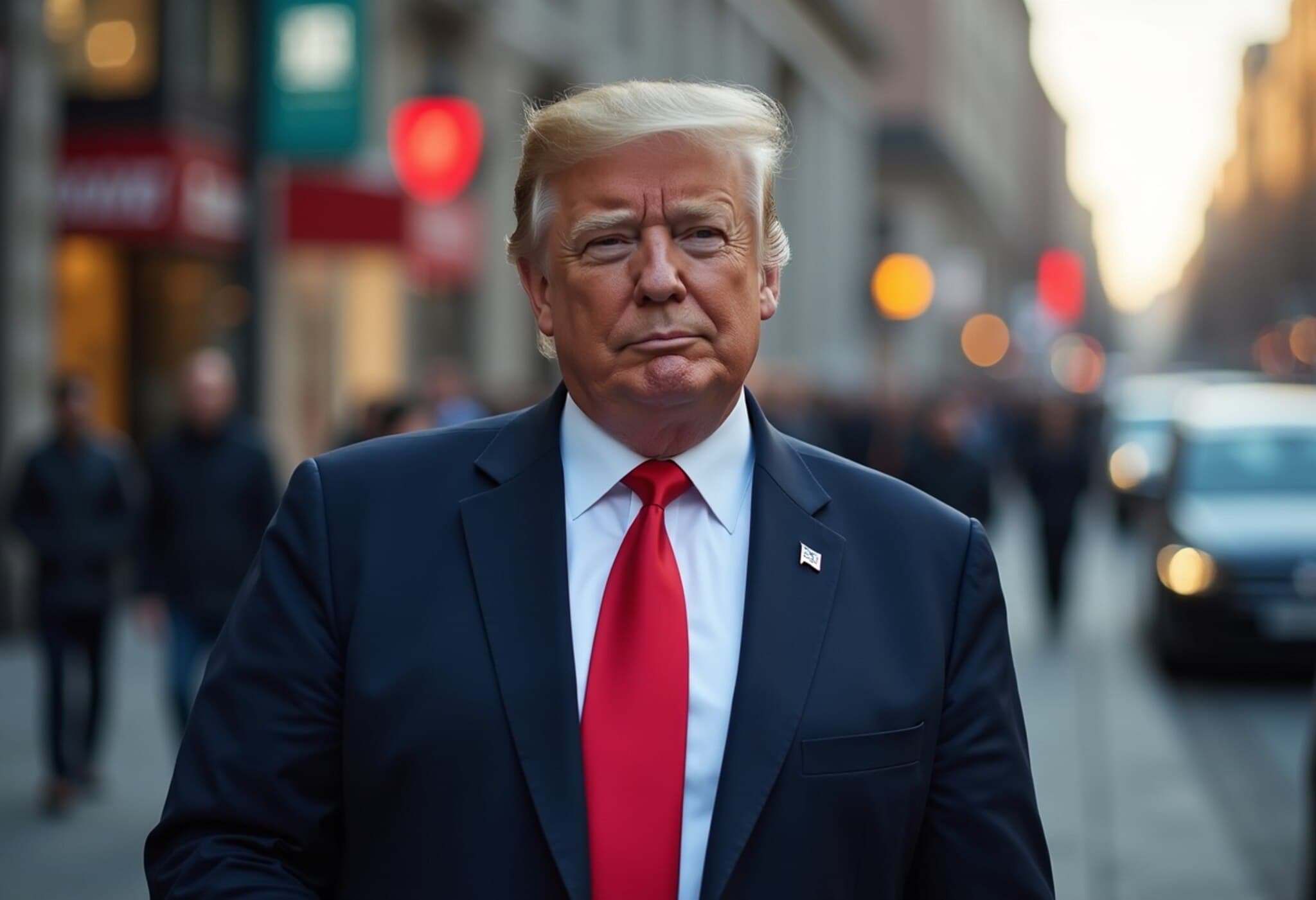Japan’s Emperor Naruhito Embarks on Meaningful Visit to Mongolia
On July 6, 2025, Emperor Naruhito of Japan arrived in Mongolia for a poignant weeklong visit commemorating the 80th anniversary of World War II’s conclusion. Accompanied by Empress Masako, the emperor landed at Chinggis Khaan International Airport near Ulaanbaatar, stepping into a chapter of history that many overlook—the experiences of Japanese prisoners of war in Mongolia during the final days of the conflict.
Remembering the Forgotten Japanese POWs of Mongolia
While many Japanese soldiers captured near the Soviet border were sent to Siberian labor camps, an estimated 12,000 to 14,000 POWs found themselves in Mongolia. These prisoners fought alongside Soviet forces before the war’s end and were subjected to grueling forced labor. They helped build significant government infrastructure in Mongolia’s capital, including headquarters, a state university, and a theater — many of which still stand today as silent witnesses to that history.
The stark reality for these POWs was harsh — minimal rations, backbreaking work, and brutal winters took a heavy toll. Japanese military records indicate approximately 1,700 prisoners died during captivity in Mongolia. Despite this, their story remains relatively unknown in global WWII narratives.
An Emperor’s Journey Toward Acknowledgment and Peace
For Emperor Naruhito, this trip holds profound personal and national significance. In recent years, he has visited several sites scarred by wartime violence, including Iwo Jima, Okinawa, and Hiroshima, as part of a broader effort to confront Japan's wartime past. Naruhito has publicly spoken about his commitment to remembering those who suffered and died under his grandfather Emperor Hirohito’s reign, a move toward reconciliation and peace.
“As we mark the 80th anniversary of the end of the war this year, we should never forget the pain and sorrow of the people,” Naruhito said ahead of his Mongolia visit. “I believe it is important to not forget those who died, deepen understanding of the wartime past and to nurture the peace-loving heart.” These words resonate deeply in a region still shaped by wartime memories and complex histories.
Mongolia-Japan Relations Through Culture and History
During his stay, the emperor and empress were scheduled to meet Mongolia’s President Ukhnaa Khurelsukh and his wife, underscoring the diplomatic significance of the visit. They also attended the opening ceremony of the Naadam Festival, Mongolia’s celebrated cultural event featuring traditional horseracing, wrestling, and archery — reflecting Mongolia’s rich heritage and the continuing cultural exchange between the two nations.
Notably, this wasn’t Naruhito’s first visit to Mongolia; he had previously traveled there in 2007 as crown prince. This return as emperor highlights enduring ties and the importance of cultural diplomacy in healing historical wounds.
Expert Insight: Why This Visit Matters
From a geopolitical perspective, Emperor Naruhito’s visit can be seen as part of Japan’s broader efforts to engage with its neighbors thoughtfully—acknowledging painful histories while forging peaceful pathways forward. Mongolia, often overlooked in discussions about WWII, holds a unique position bridging East Asia and Russia, and spotlighting the POW experience there enriches global understanding of the war’s multifaceted human cost.
Furthermore, this gesture may inspire deeper historical dialogue across the Asia-Pacific region, where war memories continue to influence political dynamics and public sentiments. For American analysts, noting Japan’s evolving approach to wartime remembrance provides crucial context in understanding regional security cooperation and diplomatic nuances in Northeast Asia.
Looking Ahead: Sustaining Memory and Peace
Emperor Naruhito's visit invites us to reflect not only on history but on how nations can honor the past responsibly. It raises vital questions:
- How can acknowledging lesser-known wartime experiences foster reconciliation?
- In what ways can cultural exchange events like Naadam deepen mutual understanding?
- What role do symbolic acts by global leaders play in healing historical grievances?
By revisiting these narratives, the world moves closer to embracing a peace-oriented future built on truth and empathy.
Editor’s Note
This visit by Emperor Naruhito shines light on a largely underreported chapter of World War II history—Japanese POWs in Mongolia—and underscores the ongoing commitment by Japan’s monarchy to confront and remember painful legacies. As global tensions continue to test international relations, such acts of remembrance and diplomacy remind us of the profound power of acknowledging the past to build a more peaceful tomorrow.

